Melaleuca, Tea Tree, Sweetener, Pharmacy
The Melaleuca tree is the most invasive “weed” in the state of Florida, quite a feat when you consider there are over 1,000 exotic species growing in the state. Some plant had to be first and it is the Melaleuca.
Like so many plants Florida wants to get rid of it was intentionally introduced several times. Some Melaleucas were brought to Sarasota in 1886 and to the Gotha/Orlando area by 1898. In 1902 the United States Department of Agriculture was involved and the tree showed up in Broward and Lee counties 1906, at the southern end of the state. It was naturalized by the 1920s and in the 1930s seeds were scattered from Army airplanes in an attempt to change the Everglades into forest (Melaleucas use a lot of water, one of their problems today. ) Their reproduction it rapid with up to 20 million seeds per tree. Melaleucas can completely cover a square mile in 25 years. Left unchecked the Everglades would disappear under a canopy of Melaleuca.
Dr. John Gifford (1870-1949) didn’t introduce the tree to Florida but he was a powerful and constant force behind its proliferation. He wasn’t the mother of the Malaeuca in Florida but he certainly was the father and guiding hand. Gifford was the first person in the United States to get a PhD in forestry and was an assistant professor of Forestry at Cornell. The University of Miami arboretum is named after him. Gifford moved to Florida in 1902 and was convinced the Melaleuca could drain the malaria waters of south Florida. He wrote many articles in its favor in both professional and lay publications. Four years before his death, however, he had a change of mind writing: “A few seeds in a letter from far-off Australia, a few trees started, and finally there is a changed landscape. No one can predict what will happen when he drops a seed from foreign parts in a new environment. If it happens to be a weed, he may regret it …”
By mid-century many people were beginning to think they had a serious Melaleuca problem. In 1955 the Central Florida Beekeepers Association raised the alarm because they thought Melaleuca nectar was adulterating their honey. But 20 years later they would oppose measures to remove the trees as by then the trees were providing much nectar. Another irony is that Gifford, who worked tirelessly to proliferate the Melaleuca also worked tirelessly to establish the Everglades National Park. Thus he was very instrumental in creating the park and the most significant threat to it.
Despite all these ill-omens Melaleucas were being sold as “one of the best landscape trees for Florida” as late as 1970. In fact, when I first came to Florida in the ’70s Melaleucas were planted as windbreak on causeways from the mainland to barrier islands, such as to the space center. Now in Florida it is illegal to possession any part of the Melaleuca. That said I know of several growing on public property about four miles from me in the center of the state next to an unused public boat ramp in Winter Park. (If the law allows public access to the rich-neighborhood lake but the dock is not repaired one conveniently gets around the law and keeps the lake private.)
All tolled, 56 different species of Melaleuca from all sources were imported into Florida (out of 236 total species) though the predominant species is Melaleuca quinquenervia, which can be seen in Mead Garden and a few lakeside locations in Winter Park. It occurs naturally in Australia throughout Queensland, New South Wales, New Caledonia, and southern New Guinea. It’s been cultivated in South America (Guyana, French Guiana), Africa (Uganda, Senegal, Madagascar), Philippines, India, and Asia (Hong Kong, Taiwan). It also grows in Benin, Egypt, the Bahamas, California, Hawaii, Louisiana, Texas, and Puerto Rico. In Leu Gardens, Orlando, there is a scraggly M. alernifolia, from which we get Tea Tree Oil. Home remedies started with seeping the leaves in water until it was the color of tea. The leaves of the M. alternifolia look very much like a fir where as the the M. quinquenervia resemble that of the bottlebrush tree.
As for their foraging usefulness this comes directly from the Bush Tucker Man, Les Hiddins, who had a series on edible wild plants of Australia in the 1980s. Hiddens was a good-looking and charismatic major in the Australian army. Eight months out of the year his job was to catalog wild edibles in the country for possible use of the military in those areas. On one of his videos he uses pollen from the blossoms to sweeten his tea (just let the blossom seep in the hot water) and says the leaves make a tea, not a good tea he adds, but a tea nonetheless. That’s why one common name for the Melaleuca is the Tea Tree. The bark can also be used for tinder, as cork, basket liners, or larger pieces to bake food in or line ground ovens. It also wicks water.
The wood is durable under ground and water and is valued for boats, cabinetry, carving, cross ties, fence rails, flooring, gunstocks, mine beams, pilings, posts, rafters, railway sleepers, ships and wharves. Dried it is excellent fuel. The leaf oil has many medicinal applications. There is a word of caution, however. The tree is a significant allergen and cause of dermatitis so proceed carefully. On the medicinal side, oil from the leaves and twigs is called Cajeput oil. The oil may be useful for high blood pressure, herpes simplex, and inhibiting Helicobacter pylori. It may also be able to lower blood sugar levels. The research, however, is iffy on most of that but it does have proven antimicrobial properties.
The Melaleuca is closely related to the Callistemon, or the Bottlebrush Tree, a common ornamental (see separate entry.) The main difference between them is that the stamens are generally free in Callistemon but grouped into bundles in Melaleuca. One look, however, at the leaves, blossoms and fruit and it is clear they are related.
Melaleuca (Mel-al-LEW-kuh) comes from combining the Greek words, melanos ‘black’ and leukos ‘white’ a reference the trunks and branches of other trees in the species. Quinquenervia (kwin-kway-NER-vee-uh) is from Latin, quinque meaning ‘five’, and nervus ‘nerve’ or ‘vein’ referring to the leaves. It is also called Melaleuca leucadendron (black and white white tree.)
A note about Dr. John GIfford. He is shown, inspecting a Melaleuca branch in Davies, Florida, 4 June 1938. Gifford was the first person in the United States to get a PhD. in Forestry (Photo courtesy of Historical Museum of Southern Florida, Miami.)
Green Deane’s “Itemized” Plant Profile
IDENTIFICATION: An evergreen tree, to about 80 feet, bark is whitish, spongy, peeling, in many layers; leaves, flat, leathery, to 5 inches long, alternate, simple, short-stalked, narrowly elliptic. Leaf veins are more or less parallel. Leaves smell of camphor when crushed. Flowers white, small, crowded in bottlebrush-like spikes at branch tips; fruit short, cylindric or squarish, woody capsules with many tiny seeds.
TIME OF YEAR: Leaves year round, blossoms in season, usually fall.
ENVIRONMENT:Prefers seasonally wet areas, standing water or well-drained uplands, can tolerate freezes once established, usually not killed by forest fires.
METHOD OF PREPARATION: Blossoms soaked in hot liquid to release nectar to sweeten, leaves used sparingly to make a tea, used for colds. Oil has antimicrobial action, is used as a flavoring, and is a good mosquito repellant.

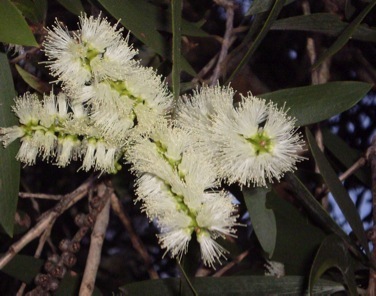
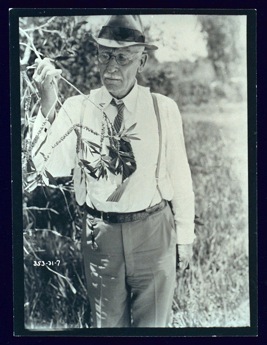
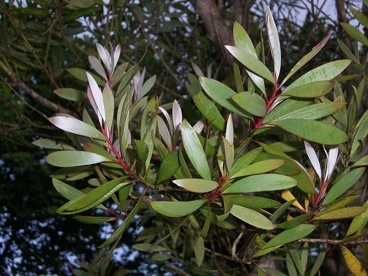
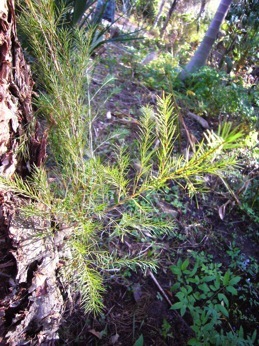
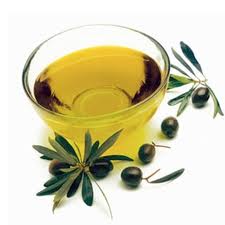

Tea tree oil is incredible. The first time I used it was when I got a ringworm on my hand and it was itching insanely. I got Tea Tree oil at Walgreens, applied it and the itch stopped immediately ! It also killed all the fungus within days or application. The funny thing was that I also went to see Dermatologist at the same time and she insisted on me using the antifungal cream but that cream made it all much worse after only one application. I continued using Tee Tree oil and the whole thing was gone completely in 2 weeks.
Melaleuca was planted all over Alexandria a suburb of Sydney in New South Wales by irresponsible Council of Sydney. The Malaleuca also knowed as paper bark has caused a lot of damaged to sewerage pipes, footpath and houses. The leaves are toxic and flowers can cause cancer & kill humans who may have certain allergies . In the USA the malaleuca has been listed as a pest and illegal to plant .
Hurricane Ian has left thick chunks bark ripped off, lying about. Thanx for uses